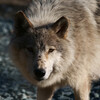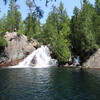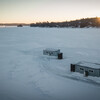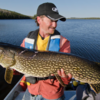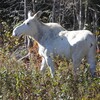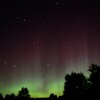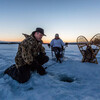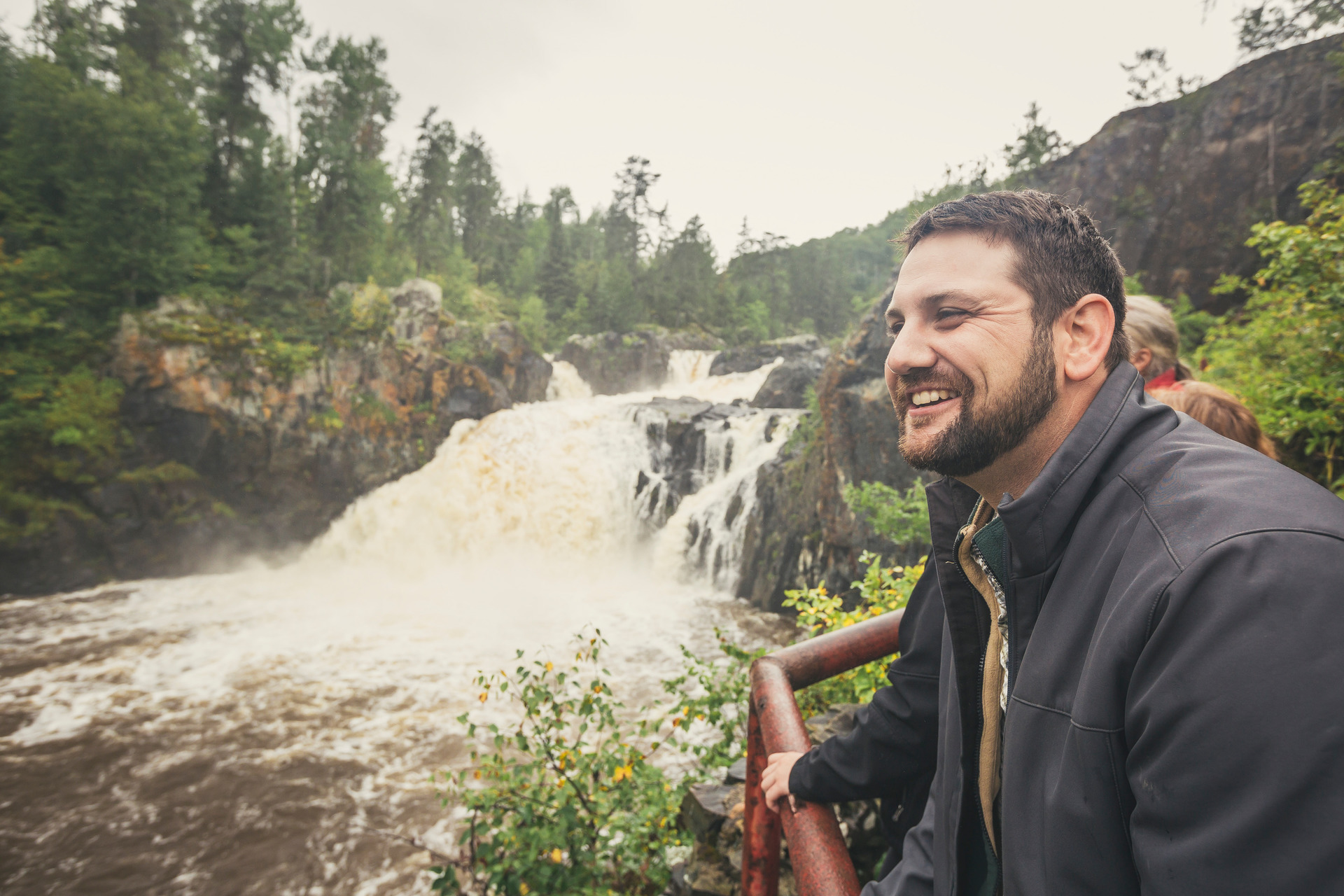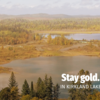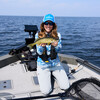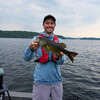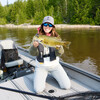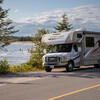How to Properly Layer Up
I may not be able to call proper layering a science, but it certainly is a skill. If you want to get yourself a piece of that beautiful, snowy winter that Northeastern Ontario is known for... layer up ,my friends, layer up.
Here are some questions to ask yourself before you get ready:
- What kind of activity are you doing outside?
- Will your activity level be intense, moderate, or low?
- Will you choose synthetic or natural materials?
Layer 1: The Base Layer
This is the layer that touches your body. If you do it right, it will help you stay warm. If you do it wrong, you will be cold. You want this layer to help regulate your body temperature. Choose a material that allows for airflow and wicks sweat away, rather than absorbing it. So say no to cotton!
As you play, your clothes will retain the heat your body produces, but without the moisture. There are many products with "wet wicking" technology when it comes to base layers, but a quality natural material is lightweight wool. I know—wool can be itchy, but it doesn’t have to be! Look for merino wool, which is soft and cozy—you won’t regret it.
Another quality lightweight base layer is fleece, which is a synthetic material. There are an uncountable amount of fleece items out there, because it is also soft and wicks moisture away very well. These materials are great for Layer 1 because they're thin and they breathe, but because of that they need to be paired with more layers to block out the wind and cold.
Layer 2: The Middle Layer
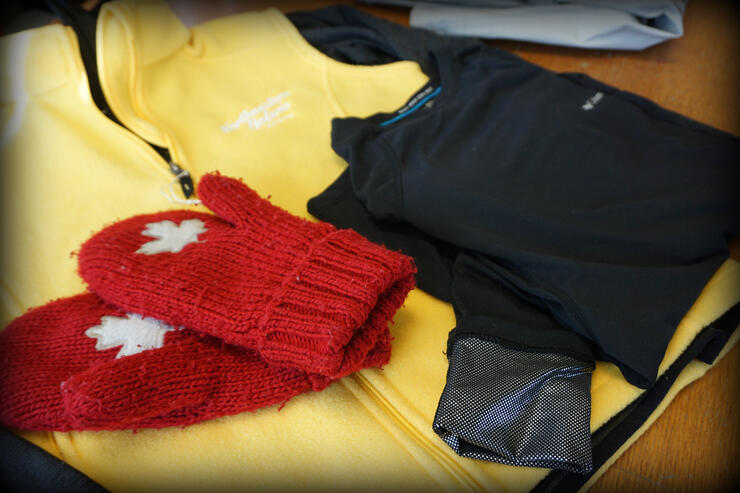
This layer is your insulation. The rules for Layer 1 also apply to Layer 2. A fleece or wool garment is great, but still no cotton! The difference is that it will need to be mid-weight, meaning something a little thicker and heavier than Layer 1. It should fit a bit loose to accommodate your base layer, and thickness and heaviness will depend on your level of activity.
If you’re cross-country skiing, you’ll be generating a lot more heat than if you’re ice fishing. A good rule is to go a bit lighter-weight if you’re doing intense activity to avoid overheating, and a little heavier if you’re doing lower intensity activities, as your body won’t be producing as much heat. Another popular mid-layer material is goose down because it keeps you oh, so warm!
Layer 3: The Outer Layer or Shell
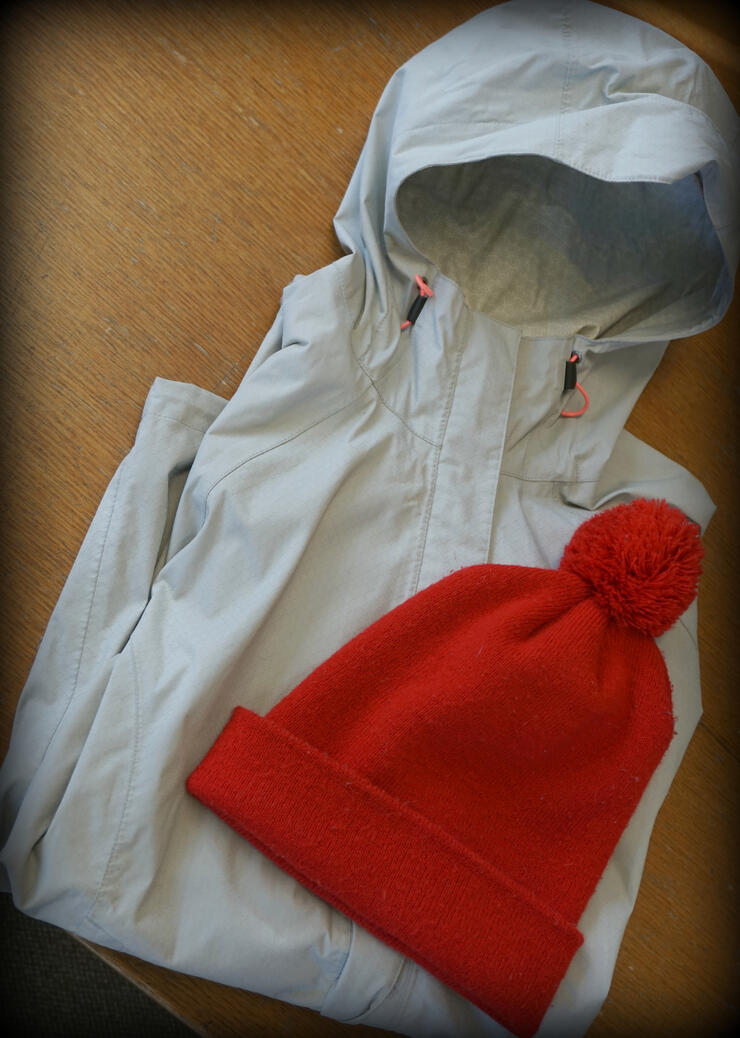
This is your protection layer. Choose based on your level of activity and the weather. It needs to protect against precipitation and wind. Your choice of shell will depend on what the weather’s like when you go out to play and if you’re generating a lot of body heat. If it’s intense activity you’re doing, then your outer layer will still need breathability; a soft shell is ideal for that.
Breathability also comes in the form of "pit zips"—a zipper in the underarms of your shell for heat to escape through. If you cool down too much, you can easily zip back up. For moderate to low activity, or on wetter days, you will need a harder shell. However, hard doesn't have to mean heavy. The shell is just there to block out wind and moisture, so it can be quite lightweight. I’m talking as light as your summer raincoat!
Most outer layer garments are made from synthetic materials and are often coated in weather shielding technology, such as a water repellent finish, for extra protection. This is regardless of whether or not they’re made for winter. So, if you’ve done your inner layering properly, you won’t need anything too heavy on the outer, which is great for range of motion. Having said that, if you want the added warmth of an insulated outer layer, there are many options out there with varying weights to choose from.
Layering can be applied to your whole body (even your feet!), and the choice between natural and synthetic materials is entirely preferential. Good layering will enable outside fun on any kind of day, and as with any skill, it takes practice. Take some time this winter to figure out how layering best suits you!
Where to Purchase
If you're ready to layer up but don't know where to start, these Northeastern Ontario retailers are some of the best places to begin. With a wide selection of gear to choose from and knowledgable staff, they'll make sure you leave with exactly what you need.
North Bay
- Lefebvre's Source for Adventure
180 Sherreff Avenue, North Bay - (705) 474-5920
Sudbury
- Adventure 365
444 Barry Downe Road, Sudbury - (705) 222-2772 - The Outside Store
2140 Long Lake Road, Sudbury - (705) 522-1755 - Ramakko's Source for Adventure
2345 Regent Street, Sudbury - (705) 522-8889
Timmins
- Albert's Sports & Workwear Ltd.
822 Riverside Drive, Timmins - (705) 264-8189 - O'Reilly Sports
708 Algonquin Boulevard East, Timmins - (705) 268-0864
Recommended Articles
The Seven's Best Hikes, Biking Trails and Lakes
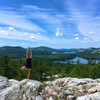
7 Best Spots to Check Out in The Seven

Budget Bliss: Explore Northeastern Ontario Without Breaking the Bank

Bring Your Fam!

Time to Unwind: 6 Spa Havens to Discover In The Seven
5 Amazing Places to SUP in Northeastern Ontario
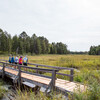
5 Amazing Bike Rides to Discover
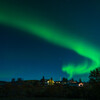
Northern Lights in Northeastern Ontario

Northeastern Ontario's Best Pride Festivals
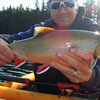
Fish for one of the World's Rarest Species of Trout
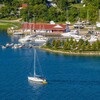
An Insider's Guide to Manitoulin Island
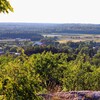
6 Small-Town Gems to Explore in Northeastern Ontario
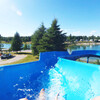
11 Best Things to Do in Kapuskasing, Ontario



